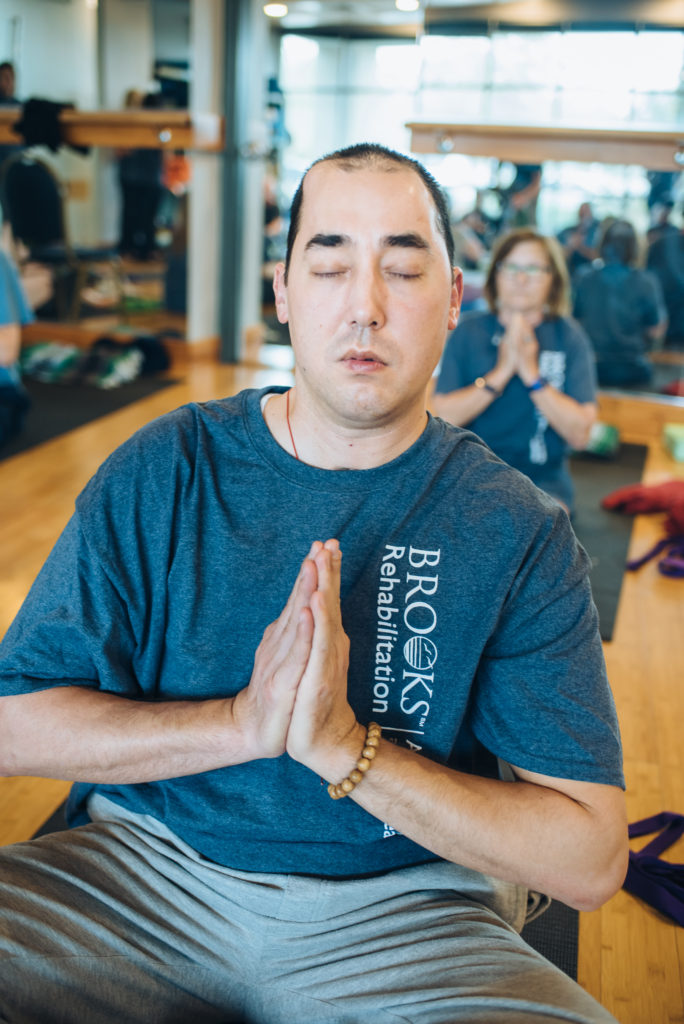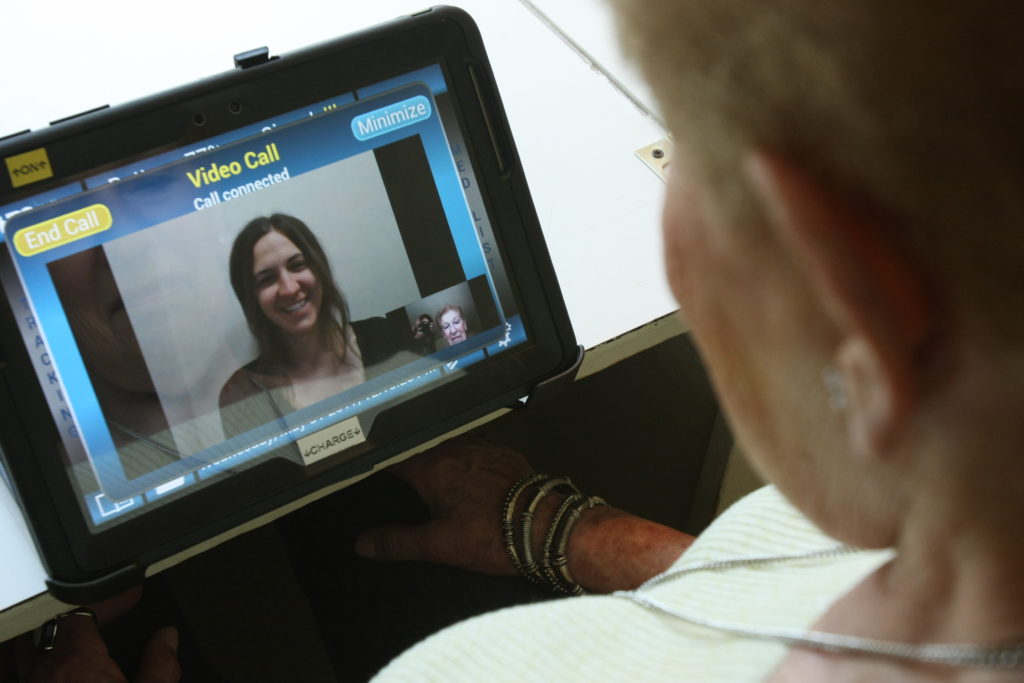Managing Pain on the Home-front: Follow your ABC’s

Back to physical health resource hub
COVID-19 has affected our routines and changed the availability of services that you may have been accustomed to using. Group yoga classes have ceased, gyms are closed, physician offices have decreased hours and procedures, and the list goes on. Some of these services may have been instrumental in your self-care plan regarding pain management. Now, you find yourself trying to cope with your pain without them.
While every strategy doesn’t work for everyone, here is a variety of suggestions that you may find helpful to manage your pain during these unprecedented times.
-
Activity – Staying active is important for so many reasons, but there is magic in the motion for those who struggle with chronic pain. Comfortable but repetitive movements can promote joint lubrication for those with arthritic issues. For example, lying in bed and sliding your foot up and down to move the knee – without weight or resistance. The best effects happen after moving in the same pattern for a couple of minutes.
Additionally, if you’re working from home getting up and walking away from the computer is important to let your body move after sitting still. Getting up can be as brief as two to four minutes to walk to another room – or push back and stretch the back and shoulders. If you can incorporate some movement every hour, you can ward off some of the stiffness and pain associated with cumulative sitting.
-
Breathing – We tend to either hold our breath or take very shallow breaths during times of stress. Neither is good for a healthy body – much less one in pain. You may have to make it a point to notice how you breathe and intentionally control your breath.
Things like breathing deeper, slower and allowing the neck and shoulders to relax can change muscle tension that often leads to increased neck and headache pain. Allocate at least 15 minutes to let breathing be the focus. Some may use this as a strategy to fall asleep at night in addition to an activity during the day to manage their pain.
-
Community – Connecting with people is important, but how does this help with pain? By staying engaged with people we are less likely to isolate ourselves – and isolation can contribute to depression – and depression can make pain worse. It’s a domino effect. So grab the phone, do a Face Time or Zoom call with friends or family to stay connected.
Those with strict isolation in assisted living or other arrangements have found joy in seeing their loved ones stand outside a window while chatting on the phone. Social distancing doesn’t have to keep us emotionally apart!
- Drugs/Medications – Your medications are prescribed with individual instructions to help you manage your pain. Remember to connect with your physician if you feel a need to adjust your dose or add another medication to your treatment plan.
-
Exercise – This type of exercise is more intense than the activity listed above and includes exertional aerobic types of exercise. By engaging in a walking or biking routine, with enough speed to increase your heart rate, there are secondary changes in neurotransmitters that can change the way you feel. Some of these transmitters can decrease inflammation, which is often linked to chronic pain. Other neurotransmitters can change brain chemistry to lighten depression. Studies have shown that this can be obtained within a week of daily exercise.

Options for this exercise include walking, biking, rollerblading or even a home yoga practice from a video or streaming service. The best effects happen with a routine practice of at least three times a week for a minimum of 15 minutes each.
-
Food – Just as certain foods can trigger a headache for some people – there are foods that promote inflammation and pain for others. Being aware of your food choices and symptoms can help you make better choices.

There has been a lot of literature regarding anti-inflammatory foods. Those who commit to a nutritional change may need to be consistent in the new choices for a few weeks to notice a significant difference. Individuals have reported less pain, improved gastro-intestinal motility, better skin complexion and even weight loss. Some of the foods that decrease inflammation include lean proteins, most fruits and vegetables (especially those brightly colored), Omega 3 fatty acids as in cold-water fish, walnuts, flax seeds or olive oil.
- Giggles – Laughter is priceless and, by far, the easiest option to help your health. A release of positive hormones is what makes us feel good when we laugh. Laughter triggers the release of endorphins that help us feel better overall. Laughter can also boost the immune system and provide a workout for our abdominals. In addition, stress hormones decrease during laughter – which also helps us feel better. Make sure to get some laughs in every day – maybe with a friend/family over a game, movie or just chatting about things that make you laugh.





Try one or more of these options and see if you notice a benefit. Managing your pain can be overwhelming, but you’re not alone.




